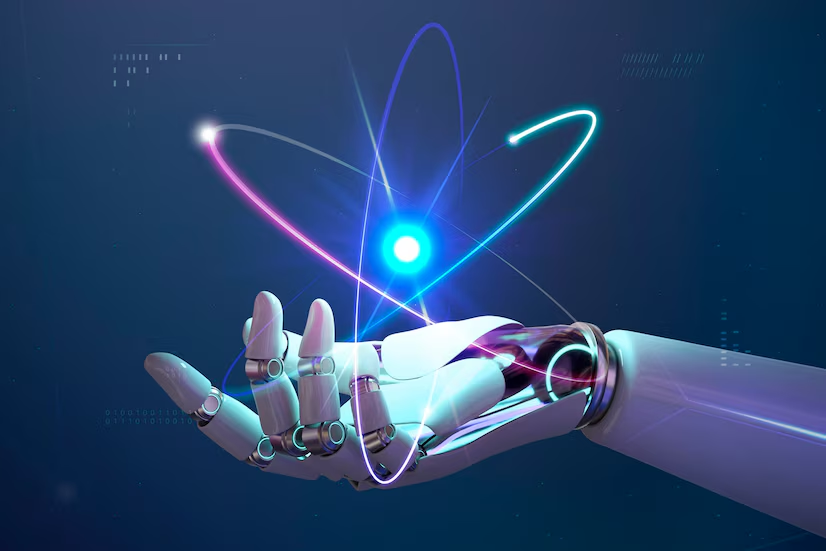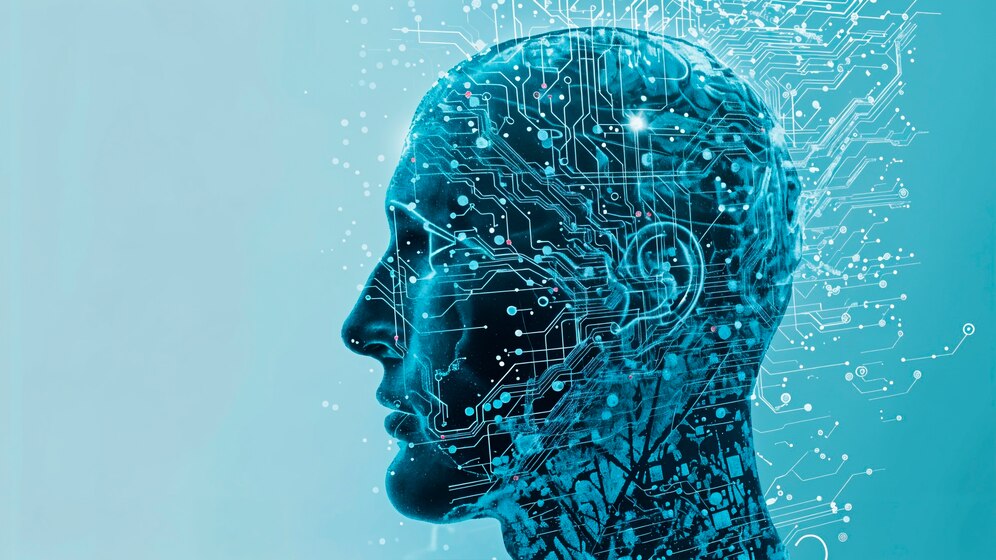In artificial intelligence, agents can be categorized into several types based on their characteristics and capabilities. Here are some of the main types:
Simple Reflex Agents: These agents act solely based on the current percept, using condition-action rules (if-then statements). They don’t have memory of past states.
Model-Based Reflex Agents: These agents maintain a model of the world, allowing them to keep track of the state of the environment and make decisions based on both the current percept and the history of past states.
Goal-Based Agents: These agents can act to achieve specific goals. They evaluate actions based on their ability to reach desired states, allowing for more flexible decision-making.
Utility-Based Agents: These agents assess the desirability of different states using a utility function, which helps them make choices that maximize their overall satisfaction.
Learning Agents: These agents have the ability to learn from their experiences. They improve their performance over time by adapting their strategies based on feedback from the environment.
Multi-Agent Systems: These involve multiple interacting agents, which can be cooperative, competitive, or a mix of both. They work together or against each other to achieve goals.
Hybrid Agents: These combine different approaches, such as rule-based systems with learning capabilities, to enhance performance and adaptability.
Autonomous Agents: These agents operate independently, making decisions without human intervention, often equipped with sensors and actuators to interact with their environment.
Collaborative Agents: These agents work together to achieve common goals, often involving communication and negotiation between them.
Context-Aware Agents: These adapt their behavior based on contextual information, such as the user’s preferences or the state of the environment.
Each type of agent has its own strengths and weaknesses, making them suitable for different applications in AI.






